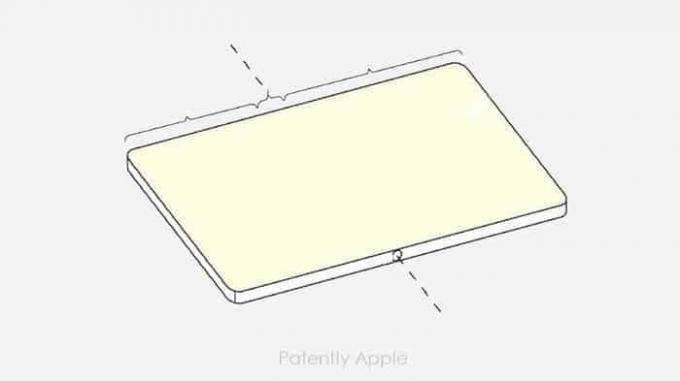Diet, light and zero products are special purpose foods. Therefore, its recommendation is for some specific situations and, contrary to what many people think, they are not always low in calories. Therefore, we list the differences between them.
Read more: Check out 3 foods that may be causing your hair loss
see more
Better Health in Two Days: The Surprising Effectiveness of End Workouts…
Ministry of Health expands HIV treatment with new drug…
Differences between diet, light and zero foods
The National Health Surveillance Agency (ANVISA) controls diet, light and zero foods. In this sense, there are certain requirements that food products must meet to use these nomenclatures.
diet food
Diet foods are intended for nutrient-restricted diets, which can be sugars, proteins, fats and sodium. Therefore, they are specifically formulated for groups with specific physiological conditions (diabetes, hypertension, etc.) and must be free or contain minimal amounts of such components.
However, these foods are usually added with other components to restore the characteristics of the removed nutrient. For example, a yogurt may not contain fat, but the manufacturer may include chemical additives to restore the texture and flavor that the fat provides.
light foods
For a food to be considered light, it must have at least 25% less of a nutrient compared to its original version. In general, the components reduced in light foods are sugar, sodium and fat.
zero food
Zero foods are those free of some component. Thus, for a food to be considered zero, it must contain a maximum of 0.5g of such nutrient in 100g/ml of the product. This classification is similar to that of diet foods, but zero versions generally do not undergo the same nutrient replacement.
Diet, light and zero foods lose weight?
These foods are often misused as part of weight loss diets. This is because a food is not necessarily less caloric because it contains a reduced amount of a certain nutrient or because it is exempt from it.
For example, a cheese can be light due to the lower amount of sodium, but this element does not add calories to the diet because it is a mineral. Soon, the light cheese will not be less caloric than the traditional one.
Are these products healthier than traditional ones?
Diet, light and zero foods are also not necessarily healthier, as they may contain greater amounts of some nutrients in place of others. That is, a product can have much more fat due to the removal of sugar. Therefore, it is very important to read the labels so as not to make the wrong choices.


